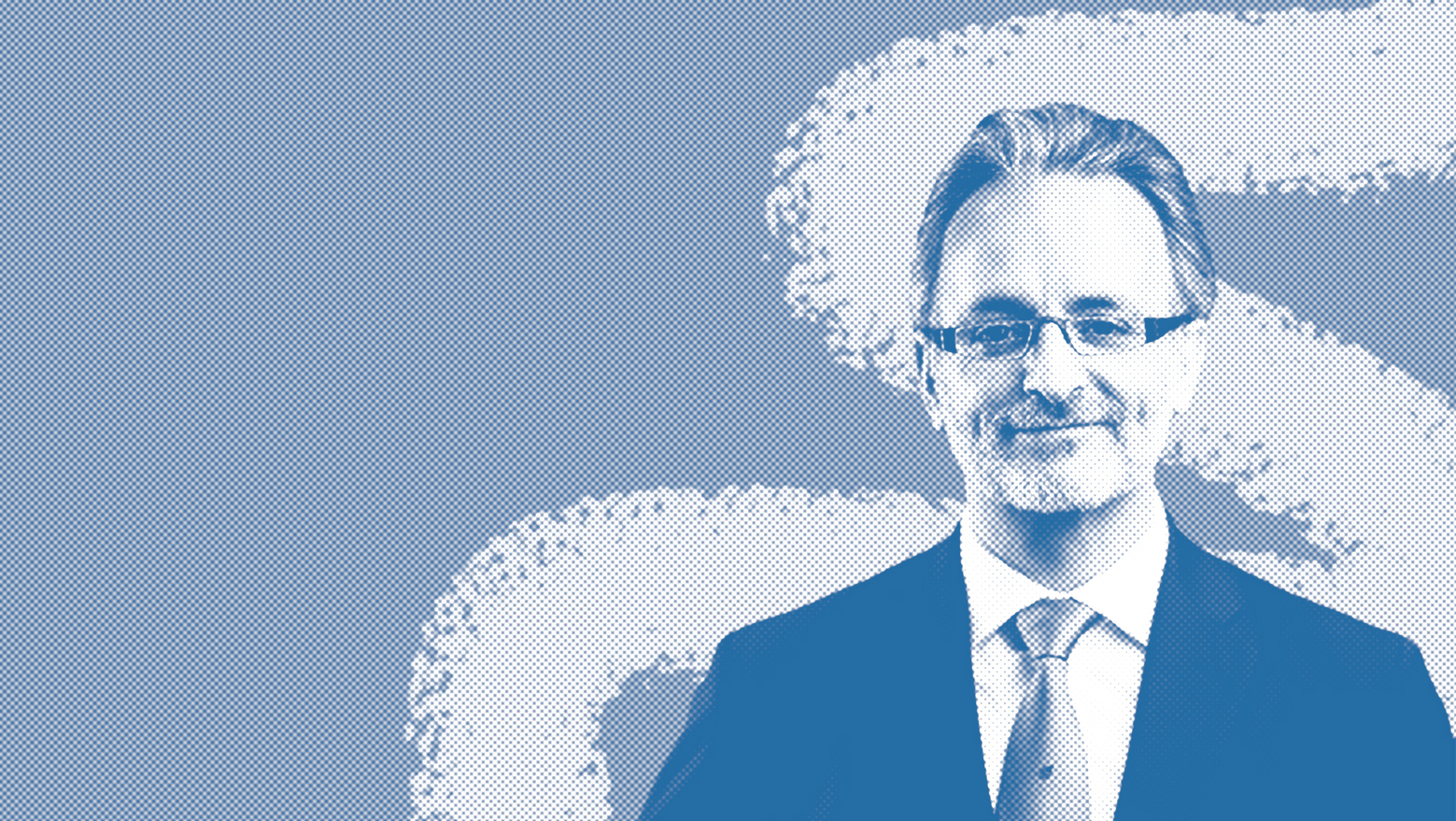Inflation has been the relentless economic theme of the last two years. Even with interest rates higher than before the pandemic, global supply chains no longer paralyzed by virus-related bottlenecks, and the World Health Organization declaring an end to the COVID-19 emergency, prices for goods and services in many parts of the world continue to climb.
As the world’s largest consumer-goods company, Procter & Gamble provides insight into what’s driving the pricing decisions at big brands.
In the first three months of 2023, P&G raised prices a whopping 10% year over year, following a series of large price hikes implemented throughout 2022:
Best known for brands such as Cascade, Gillette, Pampers, and Tide, P&G sells items typically found in the bathroom cabinet or under the kitchen sink. They aren’t the sort of hot items consumers blithely splurge on—but they are necessities. Despite P&G’s brands being among the most expensive in their categories, customers are loyal partly because the premium price and name recognition suggest they can expect consistent quality. Family and home care are areas “where the consumer doesn’t want to risk failure,” Andre Schulten, P&G’s chief financial officer, said during an April earnings call. “You don’t want to wash your clothes twice, and you certainly don’t want to deal with a diaper failure.”
With the latest round of price increases, P&G sold just 3% fewer items during the quarter (with the company’s decision to scale back operations in Russia responsible for one percentage point of this decline). This tells us that P&G may be losing some customers to sticker shock, but most are still coughing up the extra money. In fact, shoppers were entirely undeterred in the US, where the company’s sales volumes were up.
P&G is starting to see pushback in Europe, where the problem of stubbornly high inflation is worse due to the conflict in Ukraine and resulting energy crisis. P&G’s private-label rivals, which sell cheaper alternatives to brand-name goods, have been slow to raise prices in those markets as European consumers opt for the more affordable choice. This contrasts with the US, where consumers aren’t trading down and market share for private-label brands remains stable at about 16%, according to P&G. Rather than cut prices in Europe, though, P&G is spending on product and packaging enhancements as well as marketing to boost its brand prestige. For example, it’s promoting Ariel and Tide laundry detergents for use in cold water for consumers wanting to reduce their environmental impact or energy costs.
One reason P&G continues to raise prices for consumers is that the company is feeling the pinch of inflation, too. While higher prices benefited its gross profit margin last quarter by 470 basis points, much of that was offset by higher input expenses. Even as freight and transportation costs have come down, certain commodities and materials, such as ammonia and caustic soda, have gotten more expensive as P&G’s suppliers look to cover their own increased labor costs. Meanwhile, as the company reinvests in its brands to entice shoppers through means other than competitive prices, its operating margin widened by just 40 basis points, an improvement nonetheless.
Inflation isn’t in the rearview mirror, even if it is starting to ease. The companies with the greatest pricing power are taking advantage while they still can.
What did you think of this piece?








